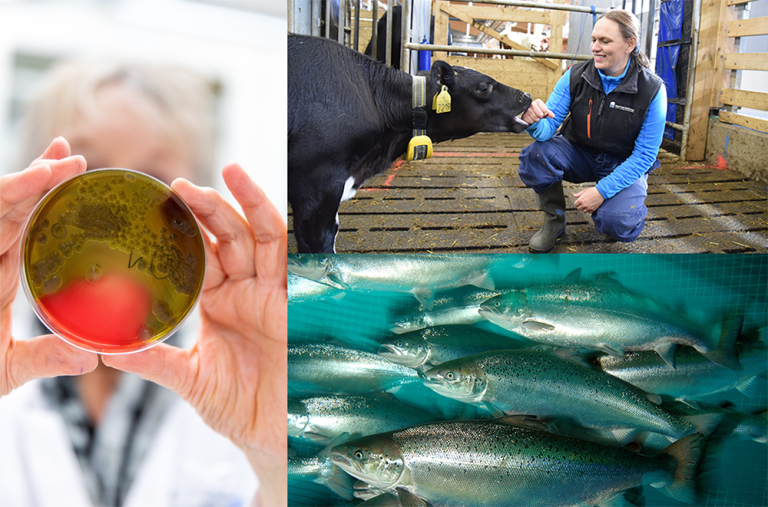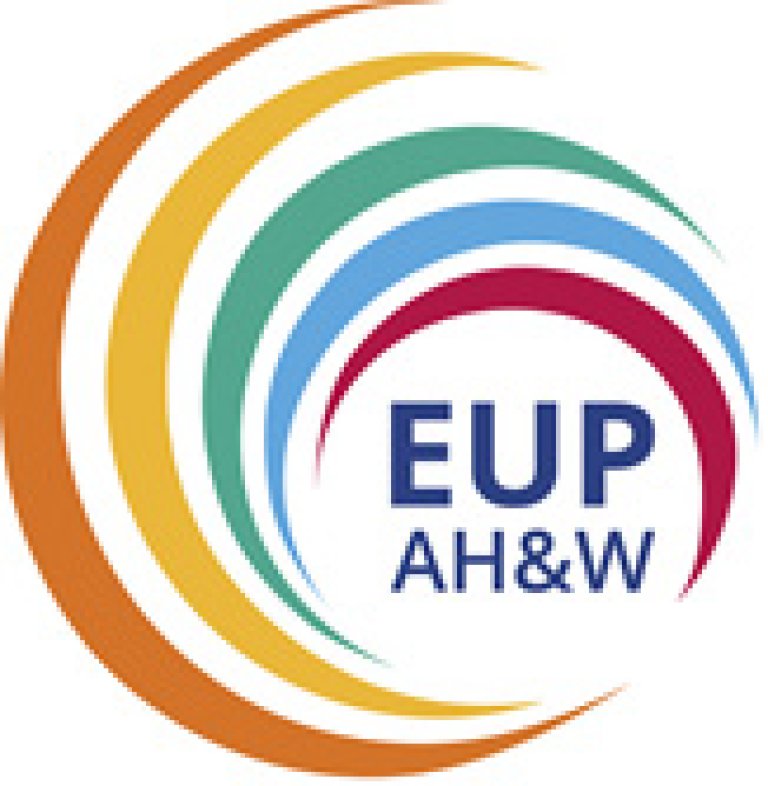
The initiative operates under the acronym EUP AH&W, which stands for European Partnership on Animal Health and Welfare.
A leading player in the EU initiative
–This is one of the institute's largest and broadest research initiatives. Our researchers are actively involved in projects ranging from basic research to better understanding fish's immune system to networking, collaboration, and monitoring, says Karin Troell, the Research Director at the Norwegian Veterinary Institute.
The institute is involved in 14 of the 17 different three-year projects or "Strategic Open Actions," as they are called here, and the institute is one of the institutions contributing the most funding to the partnership.
–We are investing significant resources in this. The activities in the partnership are fully aligned with our societal mission and help to strengthen the institute's capacity and ability to fulfil it. Through this partnership, we are also building important connections with other European institutes and organisations, which is particularly crucial in a rapidly changing world, she says.
Troell emphasises that this partnership is still in its early stages. After three years, the projects in the initiative are expected to lead to new, targeted, and refined calls for research funding.
–In many ways, we are now standing in the foyer before the first door that will lead us further in — we are just at the beginning, says Troell.
Innovation and knowledge-sharing for improved animal welfare
Troell explains that the initiative's comprehensive approach covers a wide range of activities, from networking to improved monitoring, building knowledge platforms, and developing rapid risk assessment methodologies. This broad scope ensures a comprehensive strategy for improved animal welfare and knowledge-sharing.
Significant investment in the EU initiative
The goals of EUP AH&W are in alignment with the European Green Deal and the related Farm to Fork strategy. This alignment ensures that the initiative is contributing to the EU's broader objectives of a fair, healthy, and environmentally friendly food system.
The partnership, launched in 2024, is estimated to involve a total investment of €360 million or approximately NOK 4.14 billion over seven years. This significant investment underscores the commitment to the initiative's goals. The partnership is funded 50% by Horizon Europe funds, with the remaining 50% coming from partner institutions within EUP AH&W.
–In the long term, this could yield returns in the form of increased sustainability, safer food, stronger food security, and significant positive socio-economic effects, says Troell.
She believes that Norway has much to contribute to the partnership, particularly regarding knowledge of aquaculture and Norway's unique position regarding the low use of antibiotics in animal production.
–Since most of the activities in the partnership align with our societal mission, it is easy to motivate strong participation. What we do in this partnership contributes to the institute's knowledge development. Ultimately, this will help us strengthen animal health and welfare in Norway," she concludes.
Facts about EUP AH&W:
The projects in EUP AH&W bring together different nationalities and research institutions in a joint effort to improve the health and welfare of animals within the EU. As many as 90 institutions from 24 countries (19 EU member states and five associated with Horizon Europe) are part of the initiative, including organisations like EFSA and EMA.
The partnership is built on a strategic agenda for research and innovation, developed over two years. The goals, both short-term and long-term, cover infectious diseases in land animals and aquatic animals, as well as zoonoses, such as avian flu. The partnership also focuses on the use of antibiotics and improving the welfare of animals throughout their lifecycle, with a clear vision for the future.

EUP AH&W's logo reflects the five priority areas of the partnership:
- Monitoring systems and risk assessments for animal health and welfare
- Procedures, methods, and tools for assessing animal health and welfare
- Guidelines for care and breeding on farms, including aquaculture, during transport, and at slaughter
- Vaccines and treatments
- Socio-economic aspects of animal health and welfare
